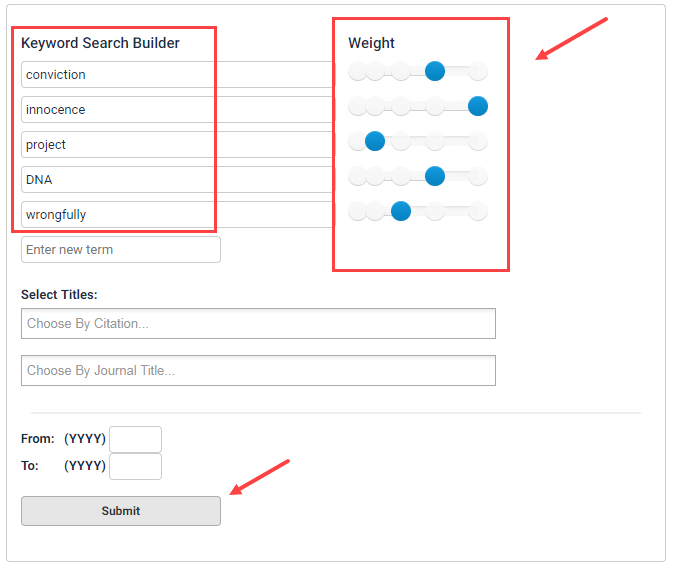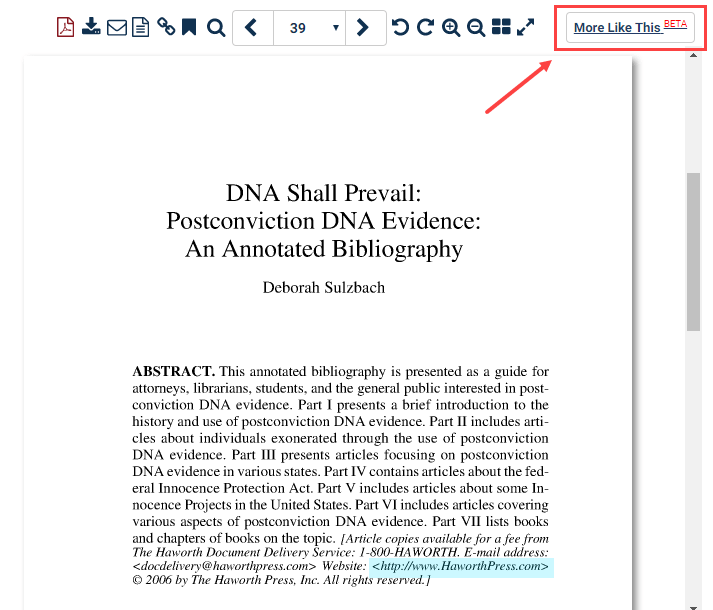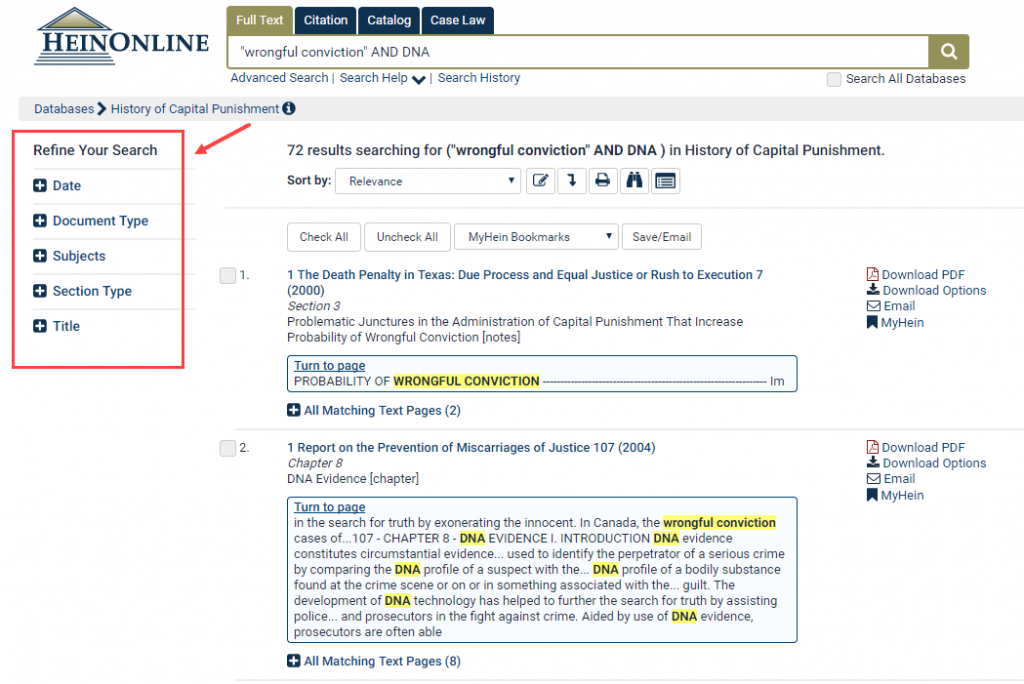The Innocence Project celebrated its 25th anniversary earlier this month. The number of exonerations in the United States has increased each year for the past three years, and recently hit a record high. There are more than three exonerations on average per week, which is double the 2011 rate. The main causes of wrongful convictions include forensic misconduct, eyewitness misidentification, and inadequate legal defense. HeinOnline is proud to support various innocence projects around the United States.
The Innocence Project
The Innocence Project was founded in 1992 by Barry Scheck and Peter Neufeld. This non-profit legal organization uses DNA testing to exonerate wrongfully convicted people. Through the persistence of this organization and others like it, more than 351 wrongfully convicted people have been exonerated, including 20 people who spent time on death row.
The Innocence Network is an affiliation of organizations dedicated to providing pro bono legal and investigative services to individuals seeking to prove innocence. These organizations cover all 50 states, but also extend to Canada, Australia, and the UK. In addition, the Innocence Network and its organizations work to redress the causes of wrongful convictions.
Cases considered by the Innocence Project must meet the following guidelines:
- Defendant has been convicted of a crime
- Postconviction: the trial and direct appeal are over and final
- Defendant must claim innocence
- There is physical evidence to prove the defendant is innocent
- Charges against the defendant do not involve stalking/harassment
- The case is not related to DWI or DUI
- Defendant has not been charged under RICO.
- Defendant cannot be accused of a crime that occurred more than once over a period of time.
All other state innocence projects have their own specific criteria for accepting cases.
Wrongful Conviction Statistics
According to a study in the Business Insider from 2014, 4.1% of people sentenced to death are later found to be innocent. The total number of years served by all exonerated prisoners in the United States is 18,350. Other studies estimate between 2.3% and 5% of prisoners in the U.S. are innocent. This means more than 20,000 innocent people are in prison.
Nearly half of the exonerations in the national database are black defendants, whereas 39% are white. Racial disparities are seen within sentencing as well. Black men receive sentences that are 5 to 10% longer than those of white men for similar crimes.
Why are exoneration rates increasing? Not only are innocence projects donating their time and money to seek justice for people, but prosecutorial offices have altered their procedures. According to Time Magazine, there are 29 counties which have adopted second-look procedures and hired special review units to look into questionable convictions.
Learn More in HeinOnline
Search across all databases to find this topic in HeinOnline. Using the Full Text tab, enter (“innocence project” OR “innocence projects”) AND DNA into the search bar and click the search button.

Within the results, the first article titled Innocence Project: DNA Exonerations, 1989-2014: Review of Data and Findings from the First 25 Years directly relates to wrongful convictions.
The National Survey of State Laws database includes an entire topic on capital punishment. Simply enter the database and Browse Laws by Topic. Click on Capital Punishment. This state-by-state comparison chart includes the code section and other relevant information pertaining to the laws of each state.

Lastly, conduct a search using the Keyword Search Builder, found within the Advanced Search option of the Law Journal Library. Enter the words conviction, innocence, project, DNA, and wrongfully into the search bars. Use the boost factors to determine the weight of each word.

Browse through the results and change the boost factors, or add a new term, to find different documents relating to this topic.
Find an article and click the More Like This button. This tool uses natural language processing and machine learning to locate “interesting words” in an article. This button provides similar articles based on the interesting words found in the original article.

Research Capital Punishment
Since the 1970s, 159 people on death row have been exonerated. The last exoneration was May 11, 2017. The average number of years spent in jail between being sentenced to death and exoneration is 11.3 years. The number of cases where DNA was a significant factor in proving innocence is 20.
HeinOnline’s History of Capital Punishment includes both database and PDF versions of the Eugene G. Wanger and Marilyn M. Wanger Death Penalty Collection: A Descriptive Bibliography, which represents more than 50 years of expert and extensive research on this subject. Also included are hundreds of additional related publications, such as hearings, trials, periodicals, and more.
Enter the History of Capital Punishment database and using the Full Text tab enter “wrongful conviction” AND DNA into the search bar. Use the facts on the left to narrow down search results.

Another great resource is the Death Row U.S.A. Reporter. Published quarterly, each issue provides cumulative statistics from 1976 on the number of inmates on death row and the number executed, as well as their names.
To locate this title, enter the History of Capital Punishment database and click on the sub-collection Periodicals. Scroll down until you find Death Row U.S.A. Reporter, listed alphabetically.

Not subscribed to the History of Capital Punishment database? Request a quote or trial today!
For help searching or navigating in HeinOnline, contact the dedicated support team at (800) 277-6995, via email, or by live chat!



